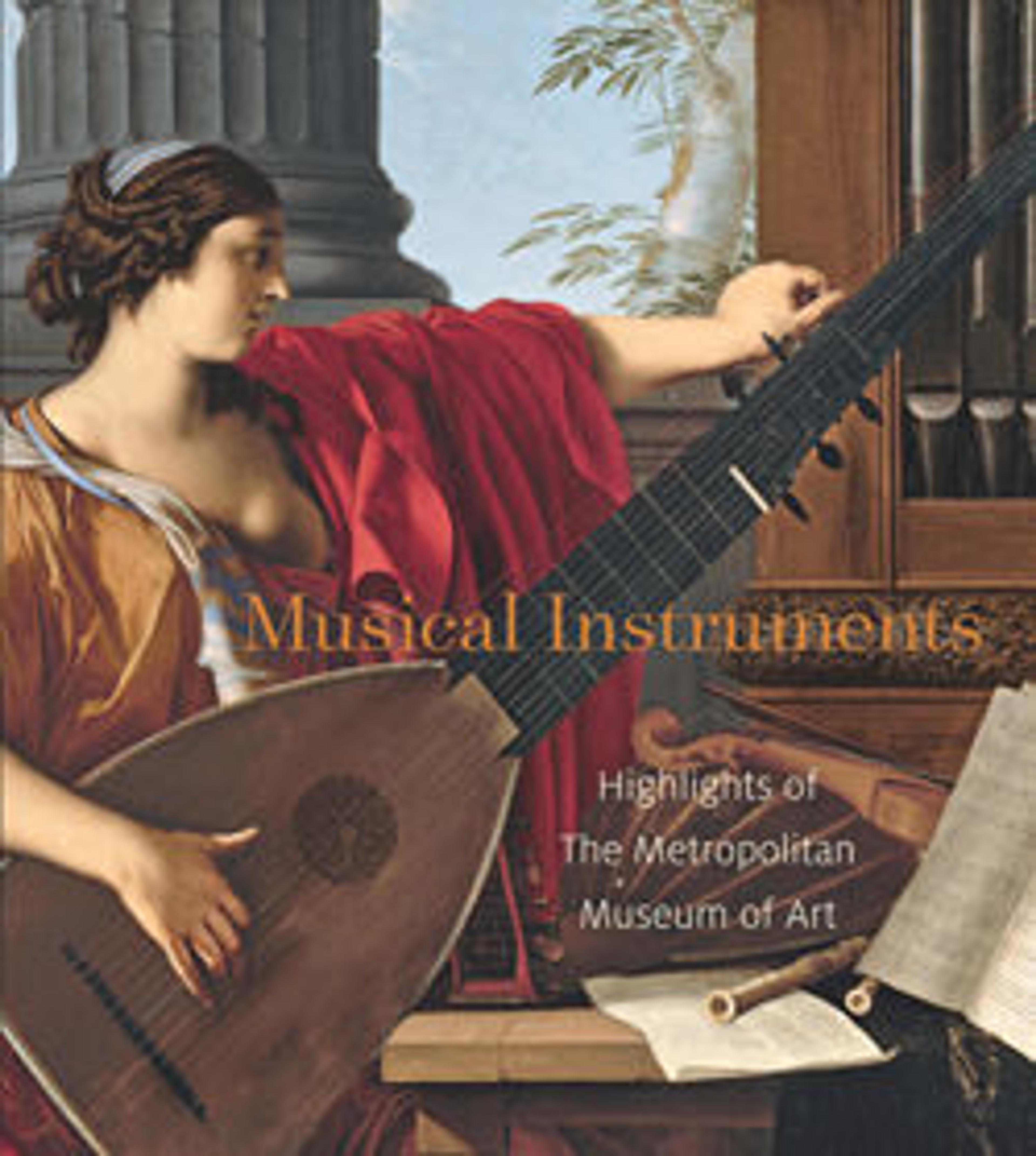Tibia
The tibia was sounded with a double reed, and two pipes would have been played simultaneously. The small tubes or chimneys projecting from the side of this instrument and the rings encircling its body were likely part of a complex mechanical system designed to increase the number of notes and modal scales that could be played on a single instrument.
Often played in pairs, tibia were widespread throughout the Mediterranean world. They varied in length and construction and were used in many contexts: funerals, sacrificial rites, banquets, boxing matches, marriages and games.
Often played in pairs, tibia were widespread throughout the Mediterranean world. They varied in length and construction and were used in many contexts: funerals, sacrificial rites, banquets, boxing matches, marriages and games.
Artwork Details
- Title: Tibia
- Period: Late Roman
- Date: ca. 1–500
- Geography: Syria
- Culture: Syrian
- Medium: Ivory, silver, chalcedony
- Dimensions: 23 1/16 × 1 3/8 × 1 3/8 in. (58.6 × 3.5 × 3.5 × 2.5 cm)
- Classification: Aerophone-Reed Vibrated-double reed
- Credit Line: Rogers Fund, 1958
- Object Number: 58.40
- Curatorial Department: Musical Instruments
More Artwork
Research Resources
The Met provides unparalleled resources for research and welcomes an international community of students and scholars. The Met's Open Access API is where creators and researchers can connect to the The Met collection. Open Access data and public domain images are available for unrestricted commercial and noncommercial use without permission or fee.
To request images under copyright and other restrictions, please use this Image Request form.
Feedback
We continue to research and examine historical and cultural context for objects in The Met collection. If you have comments or questions about this object record, please complete and submit this form. The Museum looks forward to receiving your comments.
